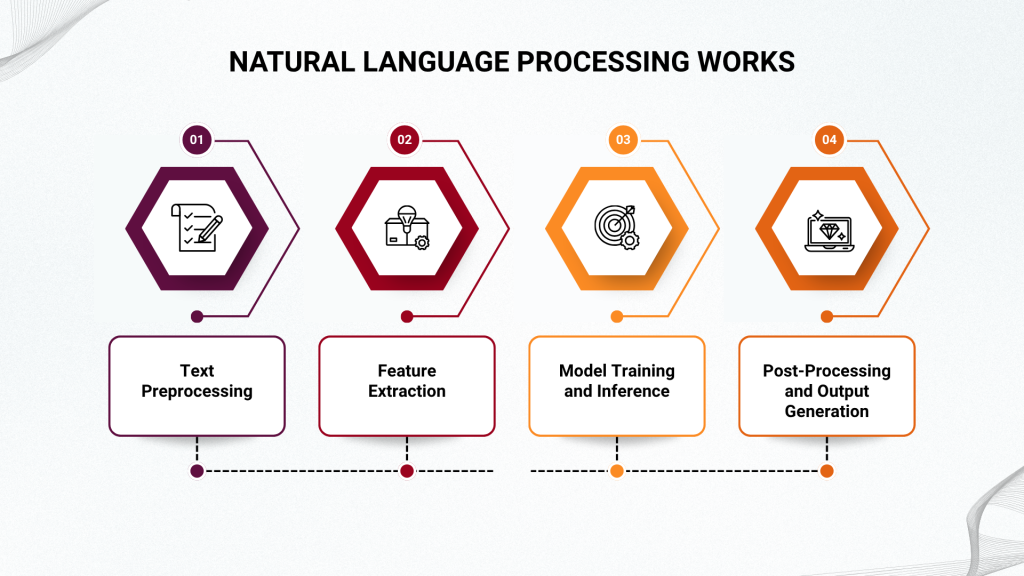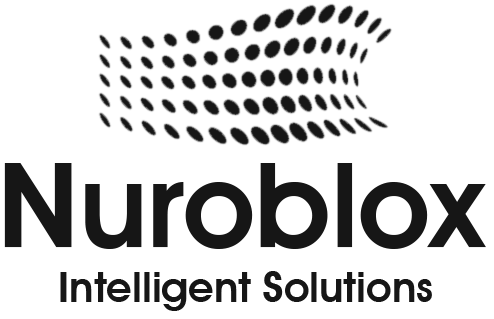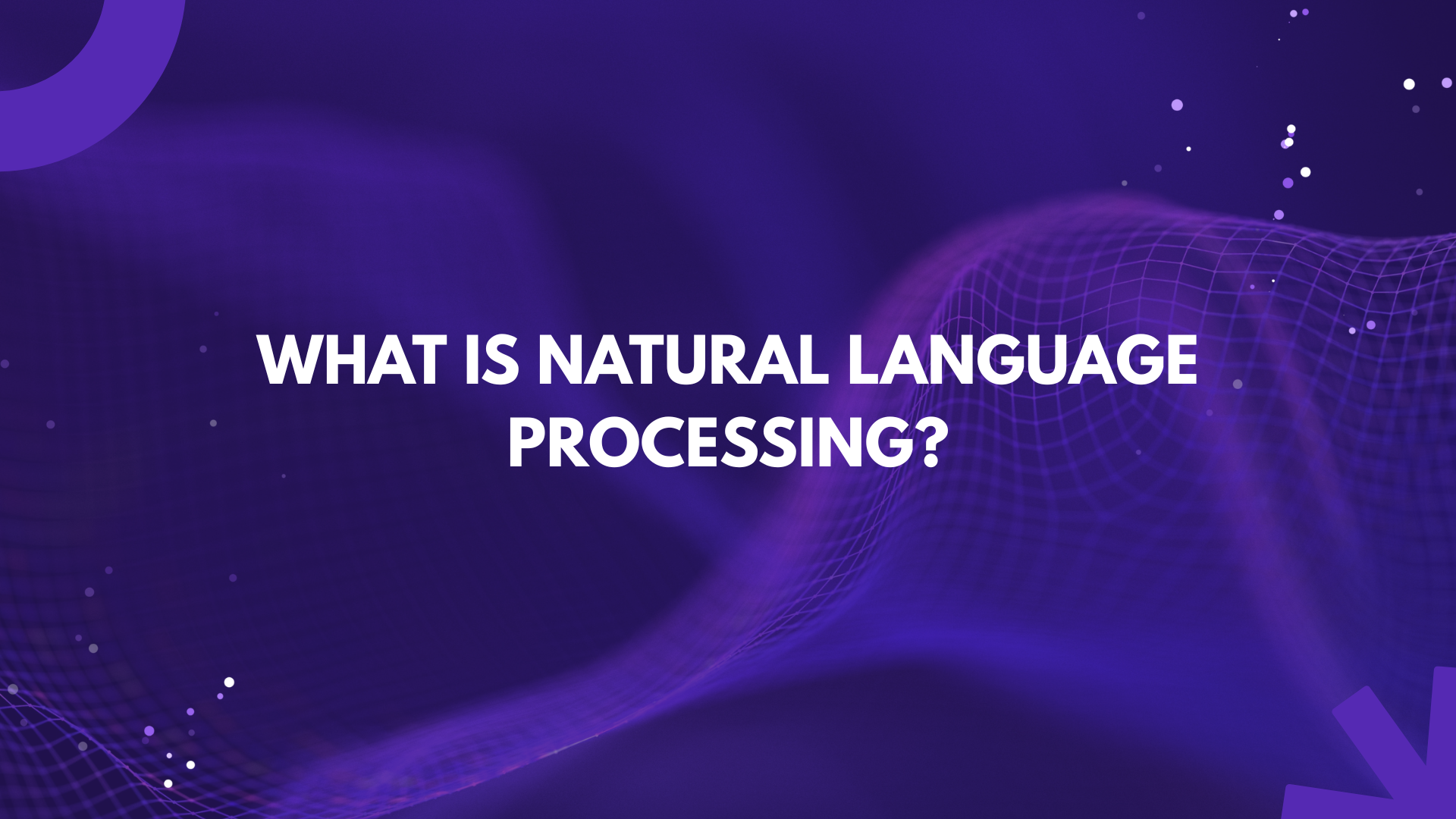What is natural language processing?
Natural Language Processing (NLP) is a subfield of artificial intelligence that teaches computers to understand, interpret, and generate human language in a meaningful and useful way. It combines computational linguistics, machine learning, and deep learning to bridge the gap between human communication and machine understanding.
NLP enables computers to process and analyze large volumes of unstructured text and speech data from emails, customer reviews, support tickets, social media posts, and audio conversations. Rather than treating language as a sequence of symbols, NLP recognizes the hierarchical structure of language where words form phrases, phrases form sentences, and sentences convey complex ideas with nuance, context, and cultural meaning.
The technology powers everyday applications you interact with regularly – virtual assistants like Alexa and Siri, machine translation services like Google Translate, and intelligent chatbots providing customer support. Behind the scenes, NLP is transforming business operations by automating document processing, enabling real-time sentiment analysis, detecting fraud patterns, and extracting actionable insights from previously unusable unstructured data.
How Natural Language Processing Works

Text Preprocessing –
The first stage of NLP involves cleaning and preparing raw text for analysis. This includes tokenization -splitting text into words or phrases – along with lowercasing to ensure uniformity. Stop words like “the” and “is” are removed to reduce noise, while stemming or lemmatization converts words to their root forms for consistency. Finally, text cleaning eliminates irrelevant elements such as special characters, URLs, or extra spaces, ensuring the data is structured and ready for further analysis.
Feature Extraction –
Once text is cleaned, it must be converted into numerical form for computational models. This is achieved using methods such as Bag-of-Words for counting word occurrences, TF-IDF for weighting words by importance, or word embeddings like Word2Vec, GloVe, and FastText that represent words as semantic vectors. These representations enable the model to capture relationships and meanings within the text, forming the foundation for learning patterns and making predictions
Model Training and Inference –
In this stage, processed text features are fed into models rule-based, machine learning, or deep learning – depending on task complexity and data availability. The model is trained on labeled examples, learning to identify patterns and adjust its parameters for accuracy. Once trained, the model is tested on new, unseen text that goes through the same preprocessing pipeline, generating predictions such as classifications, sentiments, or summaries through the inference process.
Post-Processing and Output Generation –
The final stage refines model outputs to ensure reliability and usability. Confidence filtering eliminates uncertain predictions, while rule-based refinement applies logical corrections for accuracy. Outputs are then formatted for clarity, such as structured reports or natural-language responses. In advanced systems, contextual integration combines new predictions with prior information or domain knowledge to maintain coherence and enhance user relevance.
Benefits of NLP
Organizations implementing NLP gain significant competitive advantages across multiple operational areas.
Automation of Repetitive Tasks
NLP automates labor-intensive, time-consuming tasks that would otherwise require significant manual effort, freeing up employees to focus on strategic, high-value work. Tasks like data entry, document processing, invoice analysis, email sorting, customer support inquiries, and information extraction can all be handled automatically by NLP systems operating 24/7 without fatigue.
Automated Content Generation
NLP enables machines to automatically generate high-quality, contextually relevant written content – from blog posts and product descriptions to marketing materials, email campaigns, and reports – at scale with minimal human input. This is accomplished through Natural Language Generation (NLG), which converts structured data or prompts into coherent, human-like text.
24/7 Customer Service and Support
NLP-powered chatbots and virtual assistants provide instant, round-the-clock responses to customer inquiries without human intervention. These intelligent systems understand natural language, resolving routine queries immediately while escalating complex issues to human agents when needed.
Sentiment Analysis and Brand Reputation Management
NLP monitors customer sentiment in real-time across reviews, social media posts, support tickets, and feedback channels, revealing what customers truly think about products, services, and brand. Organizations identify issues before they escalate and capitalize on positive sentiment trends.
Content Personalization and Customer Engagement
NLP analyzes customer behavior, preferences, interaction history, and engagement patterns to deliver highly personalized experiences at scale. Organizations tailor recommendations, marketing content, and communications to individual users, dramatically increasing engagement and conversion rates.
NLP Tasks
NLP tackles diverse language understanding and generation problems, each requiring specialized techniques and training.
Text Classification
Assigning predefined categories to documents, sentences, or phrases.
Common Applications –
- Spam Detection – Classifying emails as spam or legitimate
- Sentiment Analysis – Categorizing text as positive, negative, or neutral
- Topic Categorization – Organizing documents by subject matter
- Intent Recognition – Identifying what the user wants (e.g., “book a flight” vs. “check weather”)
- Language Detection – Identifying the language a text is written in
Named Entity Recognition (NER)
Identifying and classifying named entities – specific things that have names – within text.
Entity Types Include –
- Person – Individual names and titles
- Organization – Company, institution, and government body names
- Location – Geographic locations and addresses
- Date/Time – Temporal expressions and durations
- Product – Brand and product names
- Monetary Value – Prices and currency amounts
- Percentage – Numerical percentages
- Event – Names of events and conferences
Sentiment Analysis
Determining the emotional tone or opinion expressed in text – whether it’s positive, negative, or neutral.
Levels of Analysis –
- Document-Level – Overall sentiment of an entire document
- Entity-Level – Sentiment expressed toward specific entities (products, people, companies)
- Aspect-Level – Sentiment about specific features (price sentiment vs. quality sentiment)
- Emotion Detection – Identifying specific emotions like anger, joy, or frustration
Applications –
- Monitor brand reputation by analyzing social media
- Analyze customer feedback to identify pain points
- Identify customer satisfaction trends
- Detect negative employee sentiment early
- Track market sentiment for trading signals
Speech Recognition and Synthesis
Converting spoken language to text and vice versa.
Speech Recognition Applications –
- Virtual assistant activation and command processing
- Automated call center systems
- Real-time meeting transcription
- Voice-activated search and control
Text-to-Speech Applications –
- Accessibility features for visually impaired users
- Audiobook generation
- Multilingual content delivery
- Interactive voice response systems
Question-Answering
Building systems that understand questions and retrieve or generate accurate answers from text.
Capabilities –
- Extract factual answers from knowledge bases
- Reason about information to infer answers
- Generate natural language answers
- Handle follow-up questions with context awareness
Practical Applications –
- Customer service chatbots answering frequently asked questions
- Legal systems answering questions about contract terms
- Medical systems answering patient health questions
- Internal knowledge systems enabling employee self-service
Approaches to NLP
Organizations implement NLP using three distinct approaches, each offering different tradeoffs between control, accuracy, and scalability.
Rule-Based Approach –
Rule-based NLP systems rely on predefined linguistic rules created by experts to analyze and process text. They offer high interpretability and precision for structured, stable language tasks like date or URL extraction. However, they are time-consuming to maintain, inflexible with language variations, and unable to learn from new data. Best suited for domains requiring transparency and limited automation.
Machine Learning Approach –
Machine learning NLP systems learn from labeled data to recognize language patterns automatically, offering higher scalability and adaptability than rule-based methods. They excel in classification tasks like spam detection and sentiment analysis with strong accuracy. However, they require large labeled datasets, are computationally intensive, and less interpretable. Ideal for applications with sufficient data and moderate interpretability needs.
Deep Learning Approach –
Deep learning NLP uses neural networks like Transformers and LSTMs to understand complex language relationships and context. It achieves state-of-the-art performance in translation, summarization, and conversational AI by learning hierarchical representations directly from raw text. Despite high accuracy, it demands vast data and computational power and acts as a “black box.” Best for high-precision, resource-rich applications.
Hybrid Approach –
Hybrid NLP systems combine rules, machine learning, and deep learning to balance interpretability, scalability, and performance. Rules handle preprocessing, machine learning manages entity extraction, and deep learning captures nuanced meaning. This approach optimizes accuracy and efficiency for enterprise needs. It is the standard for production-grade NLP due to its flexibility and robustness.
NLP Use Cases by Industry
Organizations across industries leverage NLP to solve specific business challenges and unlock competitive advantages.
Financial Services and Banking –
NLP enhances fraud detection, automates document analysis, and improves customer service in banking. It identifies suspicious transactions, extracts critical data from financial documents, and powers chatbots for seamless account management. Investment firms use NLP for real-time sentiment and market analysis. This enables faster decision-making, improved compliance, and more efficient operations.
Healthcare and Pharmaceuticals –
NLP transforms unstructured clinical data into actionable insights, automating documentation and EHR processing. It supports predictive health analytics, identifies at-risk patients, and accelerates drug discovery by analyzing medical literature. NLP also streamlines medical coding and billing for accuracy and efficiency. These innovations enhance patient care, reduce workload, and drive medical research.
Legal Services –
Law firms leverage NLP for contract analysis, legal research, and compliance monitoring. It automates document classification, identifies risks, and predicts case outcomes using historical data. NLP reduces manual review time from weeks to hours while improving accuracy. This empowers legal teams to focus on strategy rather than repetitive administrative tasks.
Insurance –
NLP automates claims processing, underwriting, and fraud detection, drastically reducing turnaround time. It analyzes text from claim forms and communications to detect anomalies and validate information. Sentiment analysis helps insurers understand customer feedback and improve experience. Overall, NLP increases efficiency, reduces fraud, and enhances service delivery.
Retail and E-Commerce –
Retailers use NLP for personalized product recommendations, chatbots, and sentiment analysis. It interprets customer reviews and social media feedback to understand preferences and trends. NLP also aids in demand forecasting, improving inventory and marketing decisions. These capabilities create more engaging customer experiences and boost sales performance.
Conclusion
Natural Language Processing has evolved from theoretical computer science research into essential enterprise technology transforming how organizations process information, interact with customers, and make decisions. As businesses generate ever-increasing volumes of text and voice data, the ability to extract actionable insights from unstructured communications becomes increasingly critical for competitive advantage.
Organizations implementing NLP today gain significant benefits reduced operational costs, improved decision-making, enhanced customer experiences, and new revenue opportunities. As NLP technology continues advancing, particularly with large language models and transformer architectures, its applications will expand across industries, making it indispensable infrastructure for intelligent automation.
The organizations thriving in the coming years will be those that master NLP technology, integrating it throughout their operations to enhance efficiency, drive innovation, and deliver superior customer value. For automation-focused businesses, NLP is not a future consideration it’s a present necessity.


